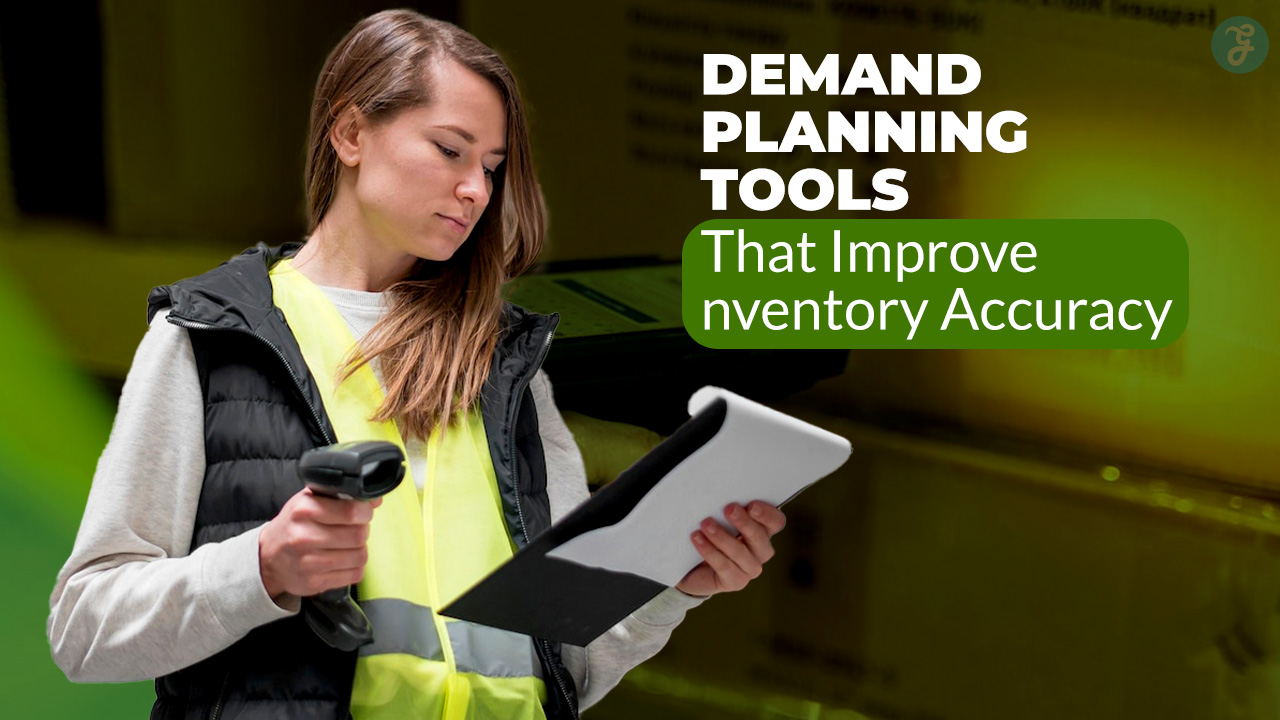Running a small business in Ireland presents unique challenges and opportunities. With a mix of urban hubs, rural communities, and diverse customer bases, staying competitive often requires innovative strategies.
Enter business mapping for small businesses in Ireland — a powerful tool that integrates geographic and operational data to optimize decision-making and improve efficiency.
In this guide, we’ll explore 10 transformative ways business mapping can elevate your small business and help you thrive in Ireland’s dynamic market.
What Is Business Mapping?
Definition and Key Components
At its core, business mapping is the visual representation of your business’s data, processes, and geographic insights. It combines maps with business analytics, allowing you to:
- Identify customer demographics and locations.
- Optimize delivery routes and operations.
- Analyze market trends and competition.
By providing a clear and actionable overview of business operations, mapping tools empower small business owners to make data-driven decisions. Enhanced visualization allows businesses to identify patterns, predict trends, and develop more effective strategies.
Popular Tools for Business Mapping
Several tools cater to different business needs, from free options like Google My Maps to advanced platforms like Esri and Maptive. These tools enable small businesses to visualize data effectively, customize maps, and gain actionable insights. Advanced options like Tableau and QGIS also allow integration with CRM systems and analytics platforms, making them ideal for scaling SMEs.
| Tool | Best For | Cost |
| Google My Maps | Basic mapping needs | Free |
| Esri ArcGIS | Advanced analytics and reporting | Subscription-based |
| Maptive | Customizable mapping solutions | Subscription-based |
| Tableau | Data visualization and integration | Subscription-based |
Why Is Business Mapping Essential for Small Businesses in Ireland?
Ireland’s economy relies heavily on small and medium enterprises (SMEs), which make up over 99% of all businesses. With a dispersed population and distinct regional characteristics, SMEs face unique challenges:
- Navigating rural and urban markets.
- Managing logistics across Ireland’s diverse geography.
- Competing in a rapidly evolving market.
Additionally, Ireland’s growing emphasis on digital transformation and sustainability highlights the value of business mapping as a tool for efficiency and growth.
Key Challenges Addressed by Business Mapping
- Dispersed Population: Visualize and understand customer distribution to reach underserved areas.
- Logistics: Streamline delivery and supply chain processes to reduce operational costs.
- Market Analysis: Identify opportunities in untapped regions by analyzing customer behavior and local demand.
Example Table: Key Challenges in Ireland
| Challenge | How Business Mapping Helps |
| Rural connectivity | Identifies underserved areas for expansion |
| High delivery costs | Optimizes routes for cost-efficiency |
| Competition saturation | Visualizes untapped markets |
10 Ways Business Mapping Can Transform Your Small Business
1. Improve Customer Targeting
Understanding your customers is the foundation of successful business strategies.
Business mapping helps:
- Identify customer demographics and preferences.
- Visualize customer locations for targeted marketing.
- Tailor products or services to specific regions in Ireland.
Example: A small café in Dublin used business mapping to identify clusters of young professionals, leading to tailored promotions and increased foot traffic.
Actionable Tips:
- Use mapping tools to segment customers by age, income, and interests.
- Focus on areas with high foot traffic for outdoor advertising campaigns.
Key Insights Table:
| Benefit | Impact |
| Better demographic data | Tailored marketing campaigns |
| Customer clustering | Improved product/service alignment |
| Behavioral insights | Enhanced customer engagement |
2. Optimize Delivery Routes
Efficient delivery is crucial for reducing costs and meeting customer expectations.
Mapping tools enable businesses to:
- Analyze and optimize delivery routes.
- Minimize fuel costs and delivery times.
- Improve overall logistics management.
Case Study: A bakery in Cork reduced delivery times by 25% after implementing route optimization through business mapping. With fewer detours and optimized schedules, the bakery saved significant operational costs while boosting customer satisfaction.
Actionable Tips:
- Regularly update route data to account for roadwork or closures.
- Incorporate real-time traffic updates for dynamic routing.
Delivery Optimization Table:
| Metric | Before Optimization | After Optimization |
| Average delivery time | 45 minutes | 30 minutes |
| Fuel costs/month | €500 | €350 |
3. Enhance Marketing Campaigns
Effective marketing requires precise targeting.
Business mapping tools allow:
- Geographic targeting for online ads.
- Identification of underperforming areas.
- Allocation of resources to high-potential regions.
Tip: Combine mapping data with social media insights to create hyper-targeted campaigns that resonate with local audiences. For instance, a boutique in Galway doubled its ad engagement by focusing on nearby towns identified through mapping data.
Actionable Tips:
- Use Google Maps to pinpoint regions with high search volume for your products.
- Monitor seasonal trends to align campaigns with customer needs.
4. Boost Sales Performance
Mapping sales data provides valuable insights into:
- High-performing regions.
- Areas needing more attention or support.
- Strategic allocation of sales teams and resources.
Example: A furniture retailer in Galway used heatmaps to identify untapped neighborhoods, resulting in a 15% sales increase within three months. This data allowed them to redirect resources effectively.
Sales Insights Table:
| Region | Sales Before Mapping | Sales After Mapping |
| Urban areas | €10,000 | €12,000 |
| Suburban areas | €7,500 | €9,500 |
5. Strengthen Competitive Analysis
Understanding your competition is critical for strategic planning.
Business mapping tools help visualize:
- Competitor locations.
- Market saturation levels.
- Opportunities for differentiation.
Tip: Use competitor mapping to identify areas with low competition and high demand. For example, a craft brewery in Kilkenny found untapped opportunities in neighboring counties, leading to increased market share.
Actionable Tips:
- Regularly update competitor data to track new entrants in the market.
- Analyze competitor advertising patterns for insights into their strategy.
6. Improve Resource Allocation
Efficiently allocating resources ensures optimal productivity.
Business mapping can help:
- Balance workload among staff.
- Distribute inventory effectively.
- Plan equipment deployment strategically.
Real-Life Example: A landscaping business in Dublin used mapping to allocate teams based on proximity, reducing travel time and increasing efficiency.
Actionable Tips:
- Visualize staff locations to assign tasks more effectively.
- Use historical data to predict resource needs during peak seasons.
7. Support Expansion Planning
Expanding your business requires careful consideration of location.
Business mapping provides:
- Insights into high-demand regions.
- Data on regional economic trends.
- Visual representation of potential locations for new outlets.
Example: A boutique store in Limerick used mapping to identify and open a second location in a high-traffic area. The new outlet contributed to a 20% overall revenue increase within its first year.
Actionable Tips:
- Evaluate proximity to competitors when selecting new locations.
- Use mapping to analyze foot traffic and accessibility.
8. Strengthen Customer Relationships
Understanding customer locations allows businesses to:
- Prioritize service for loyal customers.
- Segment customers for tailored communication.
- Visualize geographic patterns for strategic outreach.
Actionable Tips:
- Use mapping to send location-specific offers or invitations.
- Identify and focus on regions with the most repeat customers.
9. Streamline Supply Chain Management
Efficient supply chains are vital for small businesses.
Mapping tools help:
- Optimize supplier locations.
- Streamline inventory distribution.
- Ensure consistency in product availability.
Example: A retailer in Sligo integrated business mapping with their inventory system, reducing stockouts by 20%. Accurate mapping also allowed the retailer to negotiate better terms with local suppliers.
Actionable Tips:
- Visualize supplier locations and lead times to optimize partnerships.
- Use mapping to anticipate seasonal stock requirements.
10. Enhance Decision-Making with Real-Time Data
Integrating real-time data into your maps enables:
- Dynamic decision-making.
- Quick responses to market changes.
- Better integration with CRM systems.
Enhance Decision-Making with Real-Time Data
Real-time data integration not only allows businesses to respond dynamically but also ensures seamless adaptation to sudden changes in the market.
For example, if a road closure or supply chain disruption occurs, businesses can re-route deliveries or shift priorities instantly.
Actionable Tips:
- Integrate mapping tools with live traffic data to enhance route planning.
- Use real-time overlays to track customer activity and adapt promotions accordingly.
- Monitor competitor activity in real time for quick strategic adjustments.
Real-Time Mapping Benefits Table:
| Metric | Without Real-Time Mapping | With Real-Time Mapping |
| Delivery Adaptability | Limited | Instantaneous |
| Response to Market Changes | Delayed | Dynamic |
| Customer Satisfaction | Moderate | High |
Practical Steps to Implement Business Mapping
Choose the Right Tools
Select mapping tools based on your specific business needs. For small businesses in Ireland, affordability and ease of integration with existing systems are critical.
Gather and Analyze Data
Collect accurate data on customer demographics, sales patterns, and supplier locations. Ireland-specific sources, such as GeoDirectory, provide valuable insights tailored to local markets.
Train Your Team
Ensure employees understand how to utilize mapping tools effectively. Accessible training resources, including tutorials and hands-on workshops, can make adoption seamless.
Implementation Checklist Table:
| Step | Key Considerations |
| Select Tools | Budget, features, integration |
| Data Collection | Accuracy, relevance, Ireland-specific |
| Team Training | Accessibility, efficiency, adaptability |
Benefits of Business Mapping for Small Businesses in Ireland
Improved Efficiency and Cost Savings
Mapping tools reduce redundancies and improve logistical processes, cutting operational costs significantly.
Increased Customer Satisfaction
Personalized customer interactions and optimized delivery systems enhance customer loyalty.
Long-Term Growth Opportunities
Visualizing market trends and competitive landscapes allows businesses to scale strategically and sustainably.
Takeaways
Adopting business mapping for small businesses in Ireland can revolutionize operations, improve customer experiences, and unlock growth opportunities.
Whether you’re optimizing delivery routes or expanding your market reach, the benefits are clear. By leveraging the right tools and insights, small businesses can stay competitive in Ireland’s vibrant economy. Start exploring mapping solutions today to elevate your business to new heights.









































